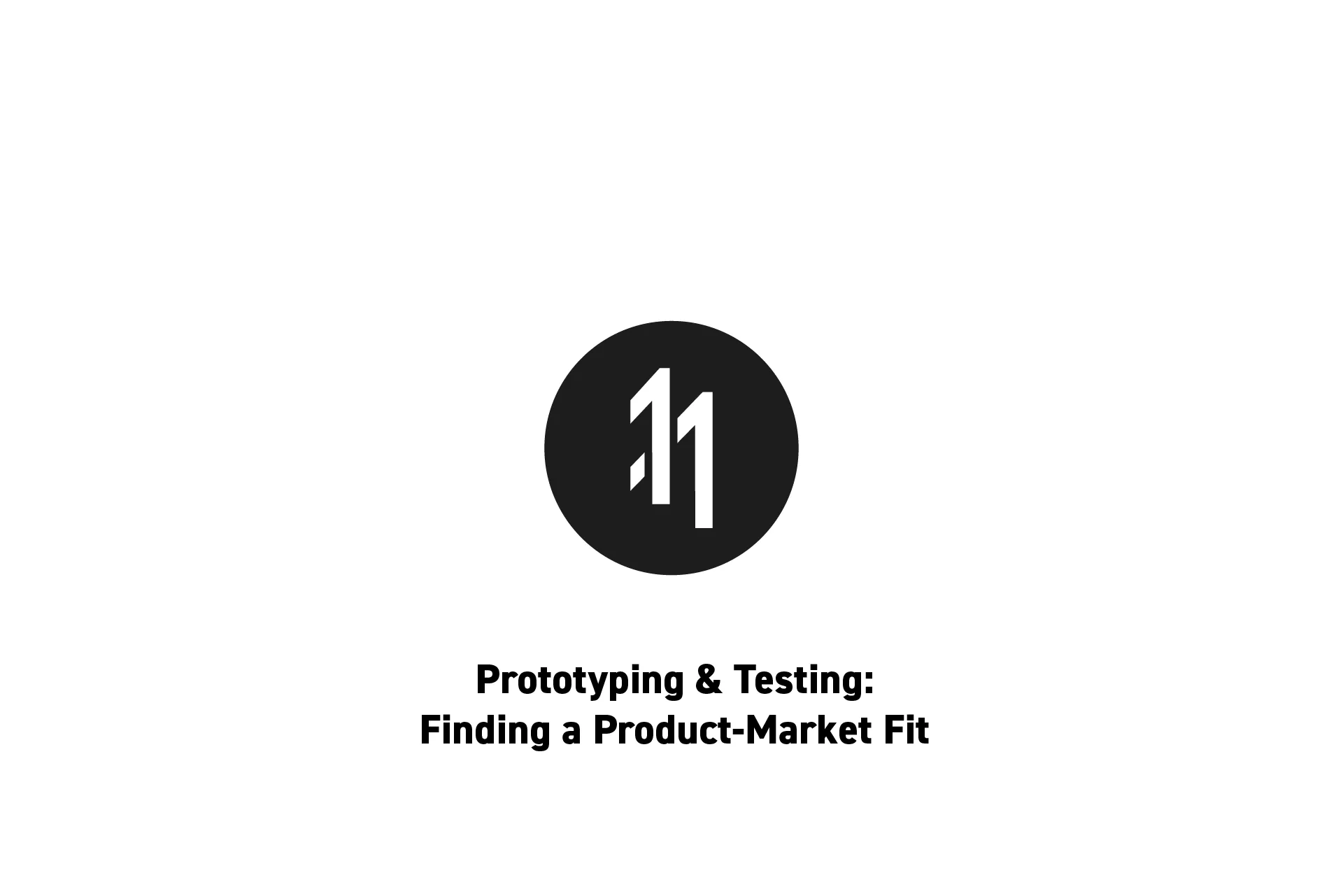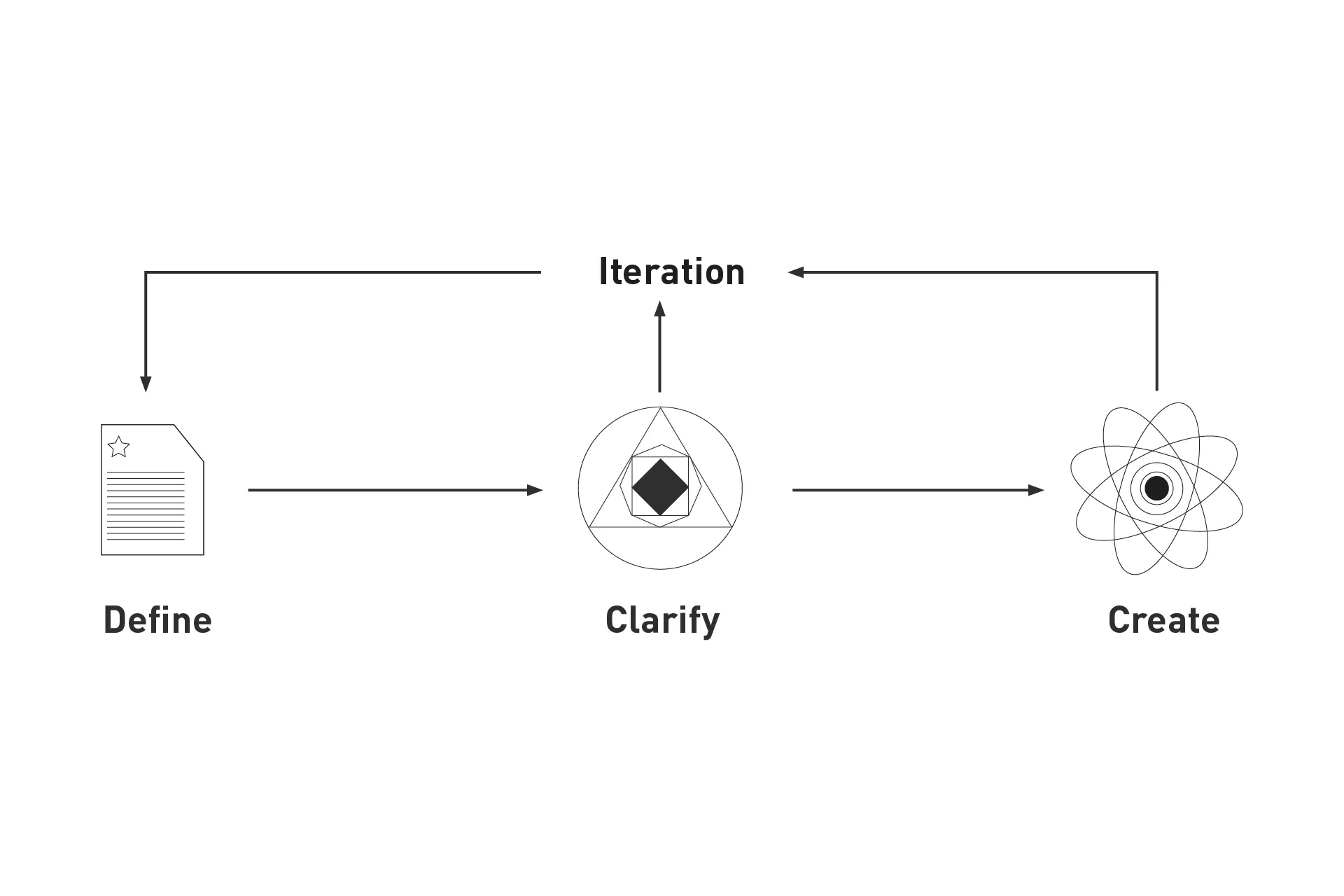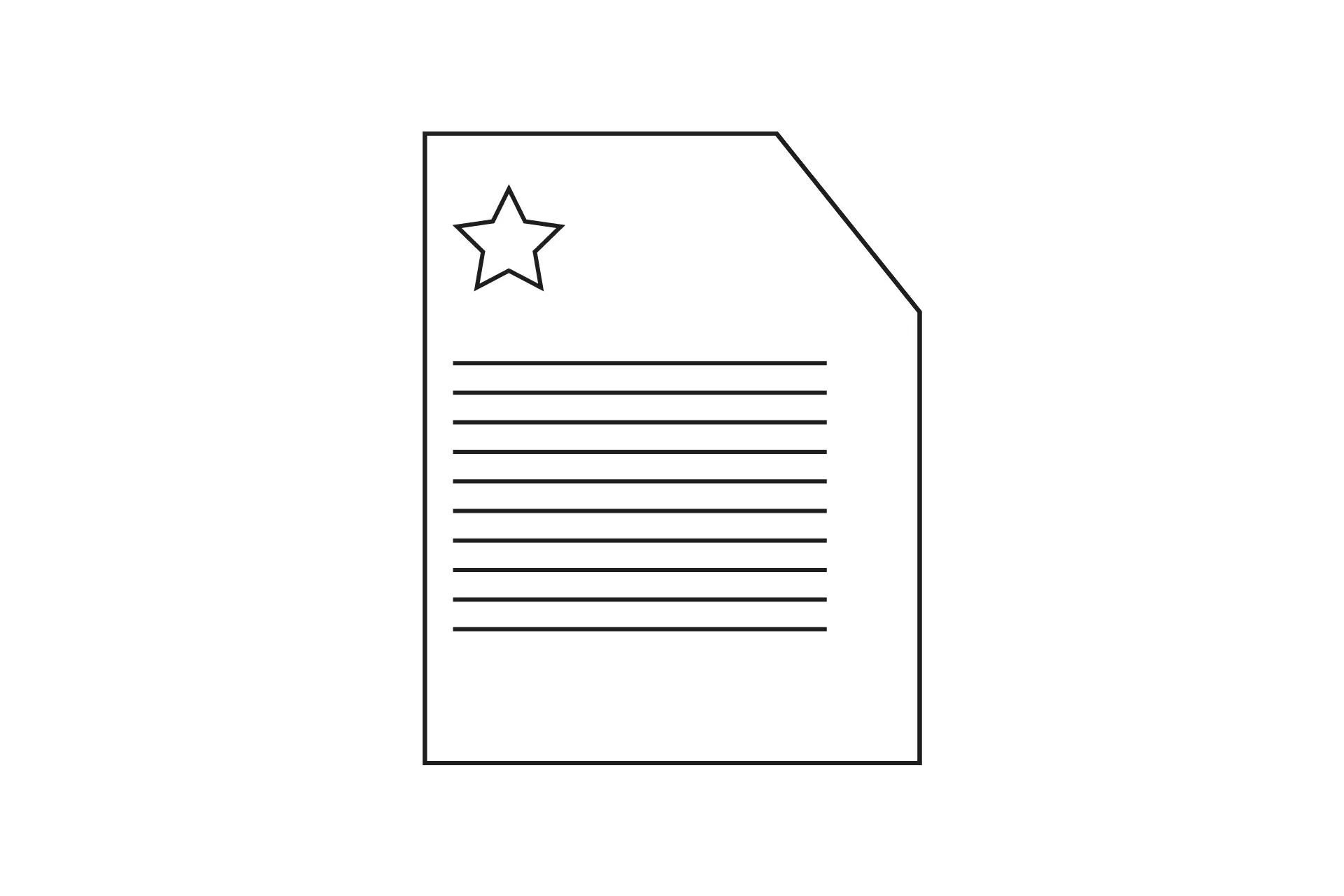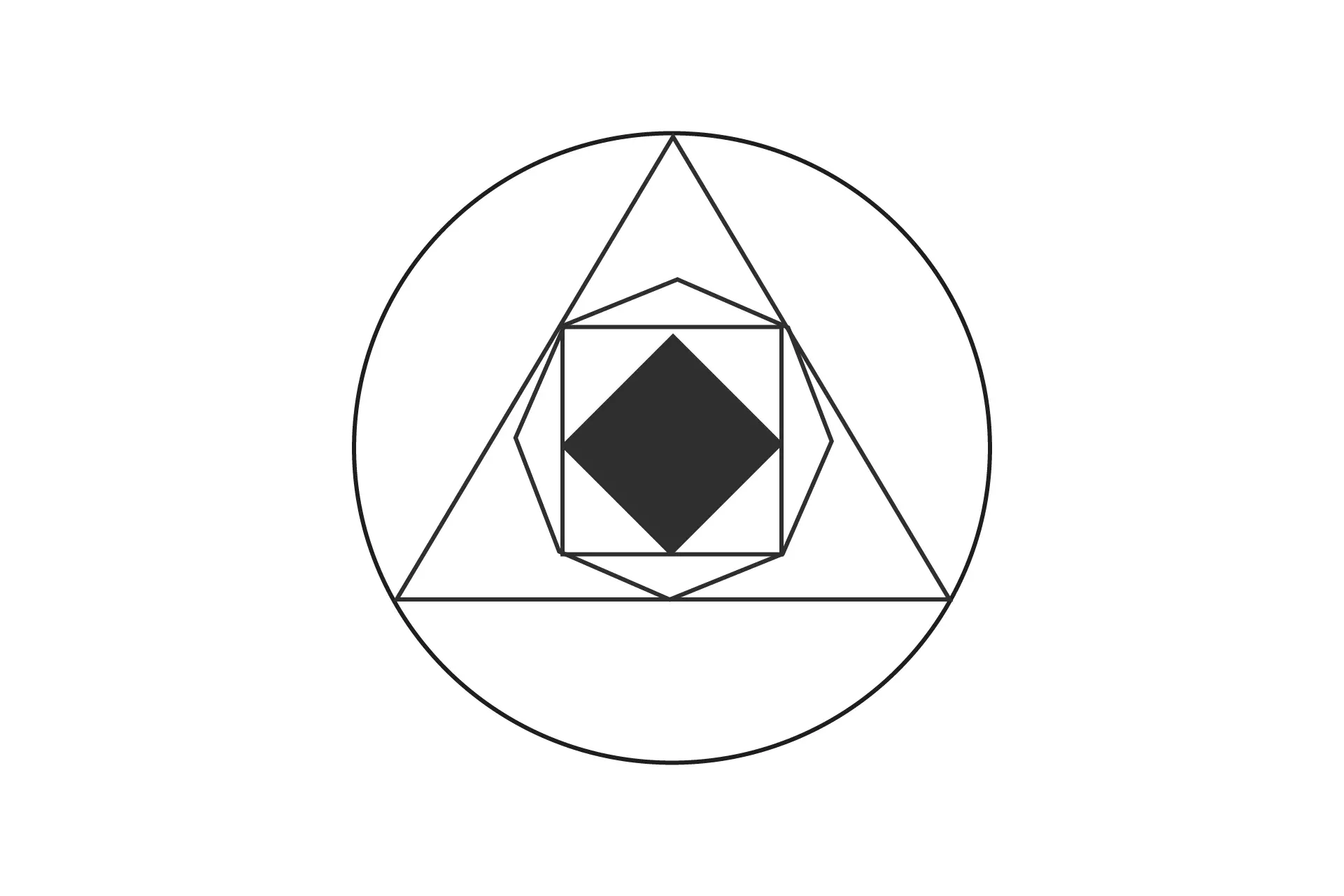Prototyping & Testing: Finding a Product-Market Fit


Our process for exploring a business idea, validating its value and that it will produce a return on investment (i.e. that people are willing to pay for it).

delasigns process
The following article discusses delasign's iterative process for finding a product-market fit (PMF) for a business idea through prototyping and testing.
Our process builds-off the shoulders of giants and over a decades worth of creating products, services and experiences (i.e. initiatives) that are used by millions around the world.
The focus of the process is simple: Only proceed once there is evidence to do so.
Step One: Define the Problem

Too often, companies and individuals jump to creating a business idea without knowing who they are servicing, what pain-point they are resolving, if an audience is willing to pay for the initiative or if the audience would switch from a competitor for the initiative.
This kind of behavior suggests that they have moved to create a business idea without appropriate validation, only to find out later on that they have produced something that has no value and/or no return on investment (ROI).
To resolve this problem strategically, we recommend that companies and individuals begin by answering the questions outlined below.
- What problem are you solving? (i.e. the Hypothesis)
- Who is the target audience?
- Who is currently servicing this audience? (i.e. Who are the competitors and what are their strengths and weaknesses?)
- How many people are willing to pay to solve this problem (i.e. the Market Size)?
- How much are people willing to pay to solve this problem (i.e. the Market Value)?
- How much are third parties willing to pay to advertise to this audience? *
- How many third parties currently advertise to this audience? *
- How many people have already signed up for the business idea?
- How many people are subscribed to learning more the business idea?
- How many people have applied for a concierge treatment?
- What analytical would mean that the initiative has a PMF? (i.e. What measure supports a Hypothesis - 1000 sign ups?)
** These questions will help you define the business model canvas.
Please note that the market size or business model canvas alone may demonstrate that there is no point in pursuing an idea as it will not produce a return on investment (ROI).
Step Two: Clarify the Problem

Perform user research, desk research and carry out interviews.
Please note that after the first iteration, this step should involve prototype-led testing.
Remember that when you are collecting data, you are collecting it to be able to calculate and statistically test a p-value associated with the data.
Assuming that the null hypothesis (H0) is true, the p-value is the probability of obtaining a sample statistic equal to or more extreme than the observed test statistic.
Synthesize the results of the research into insights, how might we's, design principles and other products that augment your ability to generate meaningful solutions for your target audience.
Part of the synthesis should be uncovering what the customers "jobs" are and how an initiative could reduce the Bio-Cost, which is known as the amount of energy or time required to carry out the "job."
For more information, consult the Value Proposition Canvas and Harvard Business School article linked below.
To learn more about the products that could arise from synthesizing your research consult the link below.
Step Three: Redefine the Problem

Update the definition created in Step One to reflect on the findings and insights that were gathered from the research.
The purpose of this redefinition is to create a clear definition of what you are making, why you are making it, how it brings value to a target audience and how much you are charging for it.
As a result, this redefinition should bring more clarity as to what you are trying to create and may include a CAD Model, lead and lag metrics, a user experience map, a service blueprint, a technology systems map, a holistic technology design system package or other products of research synthesis created from the research findings.
This process may prove that you are onto something or that you should not pursue the initiative, encouraging you to pivot or abandon the initiative.
If you are onto something, continue to Step Four.
If you are looking to pivot, start over from Step One.
If you have chosen to abandon, carry out a Post-Mortem to celebrate the successes and learn from the mistakes.
Step Four: Clarify through Prototyping & Testing

Witnessing others give value to a business idea is a sensation we are all after.
However, there is a big difference between someone saying that something has value and experiencing them pay for it.
The next step in the process involves creating prototypes of varying fidelity and testing them with members of the target audience.
To learn more about what fidelity means, what makes a good prototype or to decide what prototype you should create for the stage that you are in, consult the link below.
To dive deeper into how to prototype and test effectively, consult the guide below.
Step Five: Iterate until you find a PMF

Through a series of Sprints, repeat Steps Two, Three and Four iteratively whilst progressively refining and upgrading the fidelity and span of the prototype.
This process should be done until the prototype becomes a minimum viable product that can be used to give paying members of your target audience the concierge treatment.
You will have found a clear product-market fit (PMF) once you have enough evidence to support the hypothesis.
At this point, we recommend that you create a go-to-market strategy, produce a production version of the initiative and launch.
Looking to validate a business idea?
We would love to get to know you and see how we can help your organization with its goals and needs.
Looking to learn more about Innovation, Project Management, Design, Technology and Strategy?
Search our blog to find educational content on innovation, project management, design, development and strategy.
